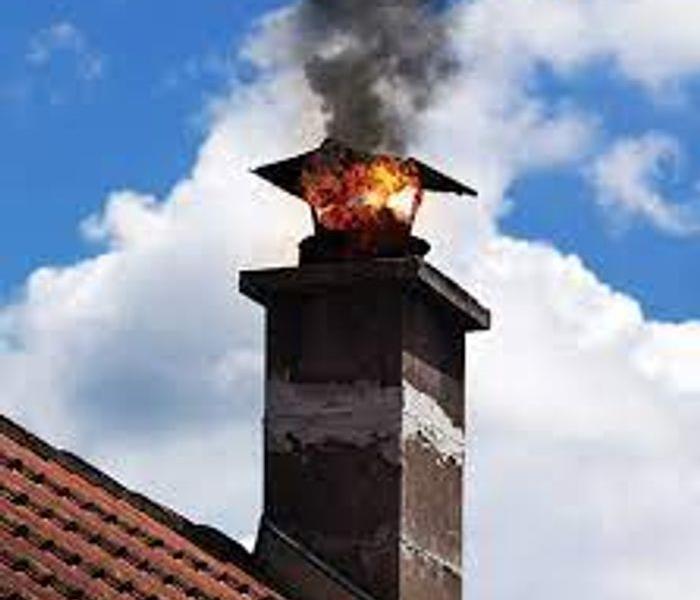How to Prevent Chimney Fires this Winter
2/2/2022 (Permalink)
Chimney fires are dangerous, but they are preventable.
What causes chimney fires?
Creosote buildup in the flue that lines the chimney. Creosote is a highly flammable black or dark brown residue that is a by-product of combustion. This substance can be crusty, tar-like, sticky, or hardened. If there’s enough of it—and the internal flue temperature is high enough or sparks or flames reach it—a chimney fire can start.
How to prevent chimney fires:
- Have your chimney cleaned and inspected at least once a year. If you’re using it daily, like a wood stove for heating, multiple cleanings will be needed each year.
- Burn “clean” fires. That means fires with more flame, less smoke. To get a clean fire, burn seasoned wood that has been drying for a year or more. Keep it undercover until use so it is dry when added to the firebox. Avoid burning evergreens—they tend to pop and spark more than hardwoods, creating a fire hazard.
- Keep the damper fully open. Restricted air supply from a partially closed damper adds to creosote buildup.
- Be smart about what you're burning. Some people start their fires with rolled-up newspaper logs. Avoid burning glossy pages, wrapping paper, or cardboard, which may release nasty chemicals. Never put the paper on top of a fire; feed it under the grate so burning fragments don’t rise up the flue and cause a chimney fire.





 24/7 Emergency Service
24/7 Emergency Service
